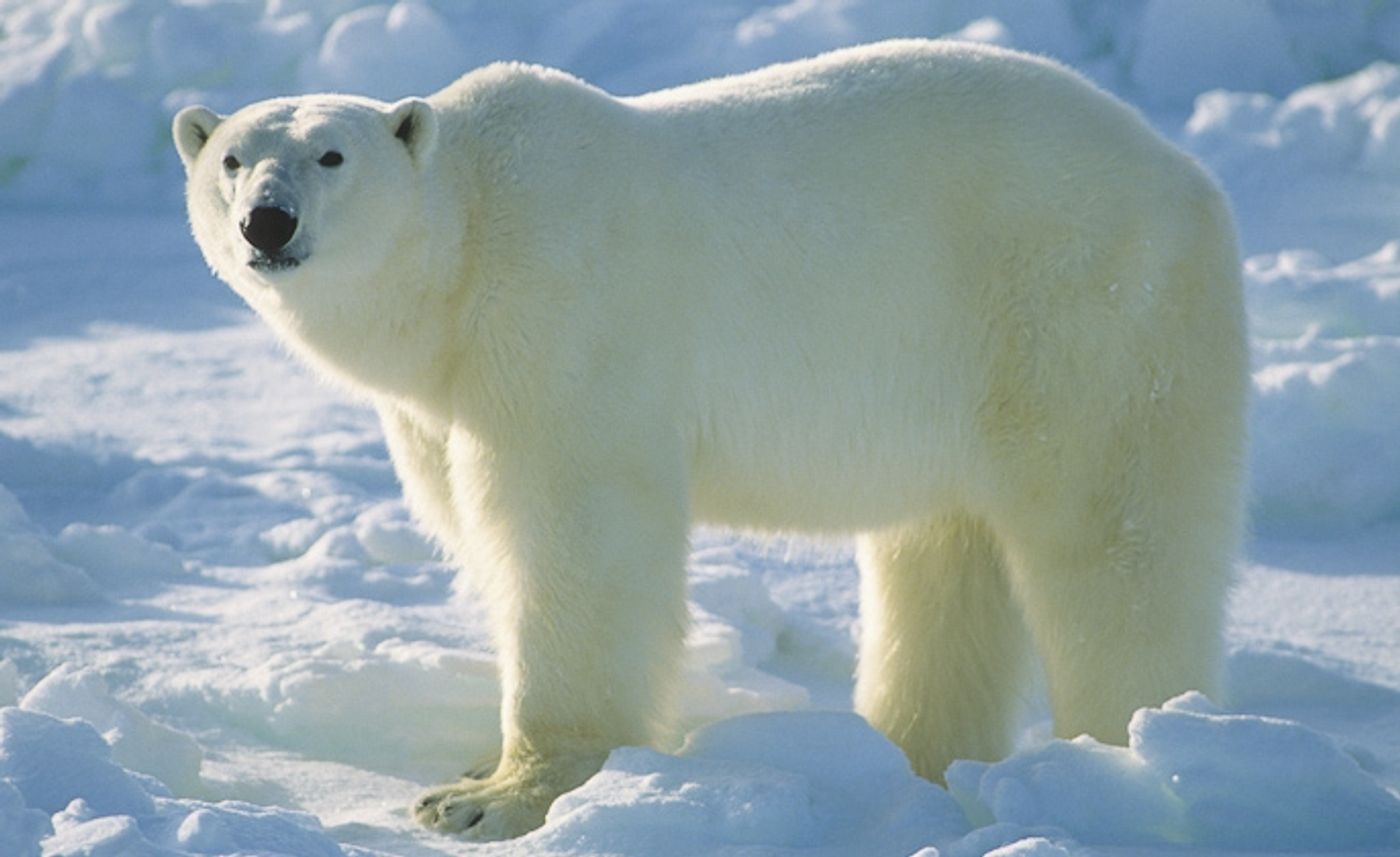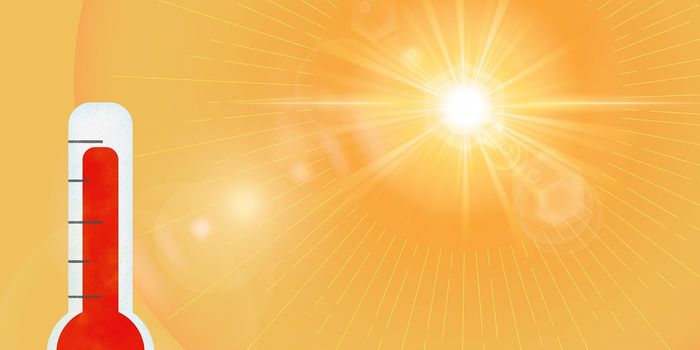Thinning Arctic Ice Continues to Make Life Harder for Polar Bears
The effects of melting ice in the colder climates of our planet due to global warming has been no big surprise for years, but as conditions continue to worsen, as BBC reports, and life is becoming harder for the white bears that rely on these territories to live and support their young, and even themselves.

The Arctic sea ice that they use as platforms to stand on continues to become thinner with time, which means that the ice is more vulnerable to drifting from sea currents, winds, and other natural effects. As a result, polar bears are now working overtime to keep up with the drifting, which is happening up to 6% faster than it did in previous years.
Polar bears are working harder to migrate further North, where there is more likelihood of better structural ice, and like a domino effect from this extra work, polar bears are working off extra calories that they would typically need to survive long periods without eating, so they need to eat more.
These animals prefer to eat seals, and they’ll hide and wait for them to surface from out of the water before pursuing their prey. However, when the energy levels get lower because they’ve been using more of it to cope with the additional drifting ice, they need more energy, and hence, more food (seals).
It’s estimated that each polar bear would need to catch on average anywhere from one to four additional seals per year to compensate for the losses in calories just to keep up with the Arctic’s changing structure. Also, with all the ice thinning, the hunting grounds for finding these seals continues to shrink, making the situation even worse for the polar bears.
"Now, you might think that's not a tremendous amount, but you have to keep in mind that that's happening at the same time as their habitat to hunt seals is shrinking. So, it's kind of a double whammy,” said David Douglas of the United States Geological Survey’s Alaska Science Center.
"Where this may be particularly significant is in the recruitment of young into the population because the number of extra seals needed to compensate for the ice drift is higher for a mother that's trying to nurture one-year-olds or two-year-olds; perhaps she's got twins. Single adults may be able to survive this kind of stuff but it is the young that may be most vulnerable to this increased stress."
The drift is continuing to get faster and impact polar bears more and more as time goes by and the planet continues to get warmer. It may be that one day in the near future, polar bears will really be struggling very hard to survive.
Source: BBC








